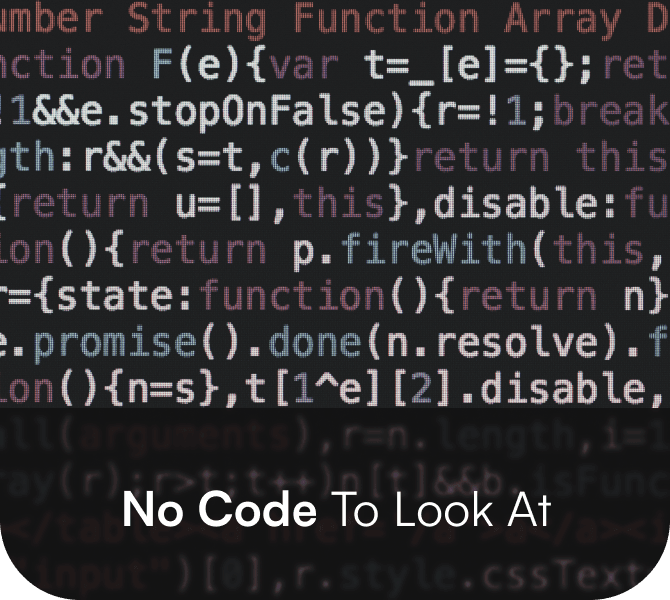
Zero experiments end in failure — some succeed, and with others we learn. There are some very interesting trials across domains that got us curious. Our team voted to share these with you this Sunday.

As the crypto market continues to push toward new heights, venture capital investors are finding heightened appetite for exposure to the space, leading to new venture funds that are huge. Paradigm closed its latest Crypto Venture fund with USD 2.5 billion, the largest crypto fund ever. Also, a16z announced a dedicated USD 2.2 billion Crypto Fund III to propel investments in the space.
The best of times
As venture capital funds continue to flood the digital asset space, a fleet of unicorns is emerging, unlike anything the space has ever witnessed. According to CrunchBase data, 18 unicorns have been newly minted just in 2021. That’s about two-thirds of the total unicorns in the crypto space.

What does this signify?
- Venture capital is betting on a basket of crypto businesses with the assumption that there is an inflexion point underway already
- Easing of regulations and belief in DeFi is creating broader acceptance
- Early successes are further adding to limited partner (LP) interest in the space
Our take
Growing VC interest is demonstrating mainstreaming of crypto as an asset class. This should kick off the virtuous cycle of more businesses scaling in this space. However, it will be important for VC investors to ensure diligence and tracking for governance of these young yet valuable businesses.

Israeli scientists have successfully experimented on 250 mice to boost life expectancy by over 23 per cent. Another study shows that altering two cellular pathways in a species of roundworm can extend lifespan by 500%. It’s believed that the discovery can help scientists develop anti-aging therapies for humans, considering that humans have the same cellular pathways featured in the research.
The possibilities
Success from these experiments can translate into benefits beyond increased life expectancy and staying youthful. They are showing early signs of controlling cancer susceptibility too.
Key challenges
- Animal species differ biologically in many significant ways, applying the results on a human condition might not be meaningful
- The experimenters rarely publish results of failed animal studies, and often exaggerate findings to promote uncertain relevance
- Ethical issues exist around ownership of this IP, and how these solutions will be more broadly available
Our take
These experiments need to be backed by the right set of financiers so moral issues do not come in the way of path breaking medical developments. Another aspect is transparency — as more information is made available on the progress of these experiments, the potential of misuse also will reduce.

No-code is the new phenomena considered to be the next wave of digital transformation. It makes platform development as intuitive as everyday computer functions- just through drag and drop capabilities one can create a website or an app. By 2025, Gartner expects 70% of new applications developed by enterprises will be low-code /no-code.
Early embracers
Formstack, a no-code company raised USD 425 million recently. Other prominent players such as Airtable, Retool, Bubble, Glide etc. are creating highly usable and disruptive tools in the space. Companies such as Twitter, Netflix, Starbucks are leading the way by adopting no-code tools. The Starbucks Chief Digital officer highlighted the gains from no-code tools to work through a backlog of developments as the pandemic put a strain on the IT department.
A win-win
- For the developers: the solutions that they create, irrespective of the organizational boundaries, could have wide users looking for similar quick fixes
- For the businesses: the easily available no-code technology will accelerate the development cycle by bypassing the traditional IT constraints of time, money and human resources
Our take
This might accelerate “fail fast, fail often to win big” especially for small entities. But the core of achieving big lies in being the pioneers, while no-code works only where precedence is available. The key for successful businesses would be to identify the areas where they want to deploy the low/no code tech and the strategic areas where they want to spend more time on innovation.
